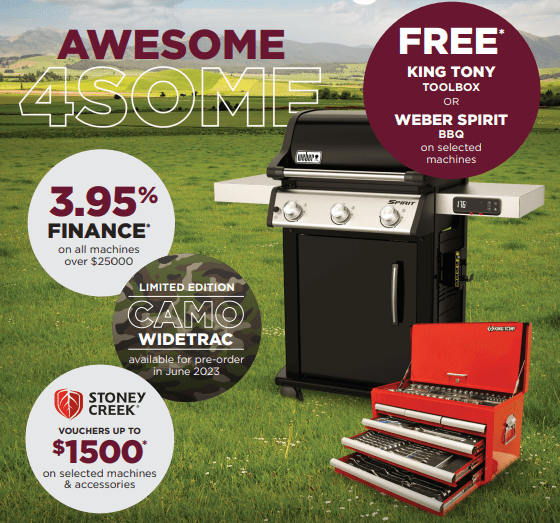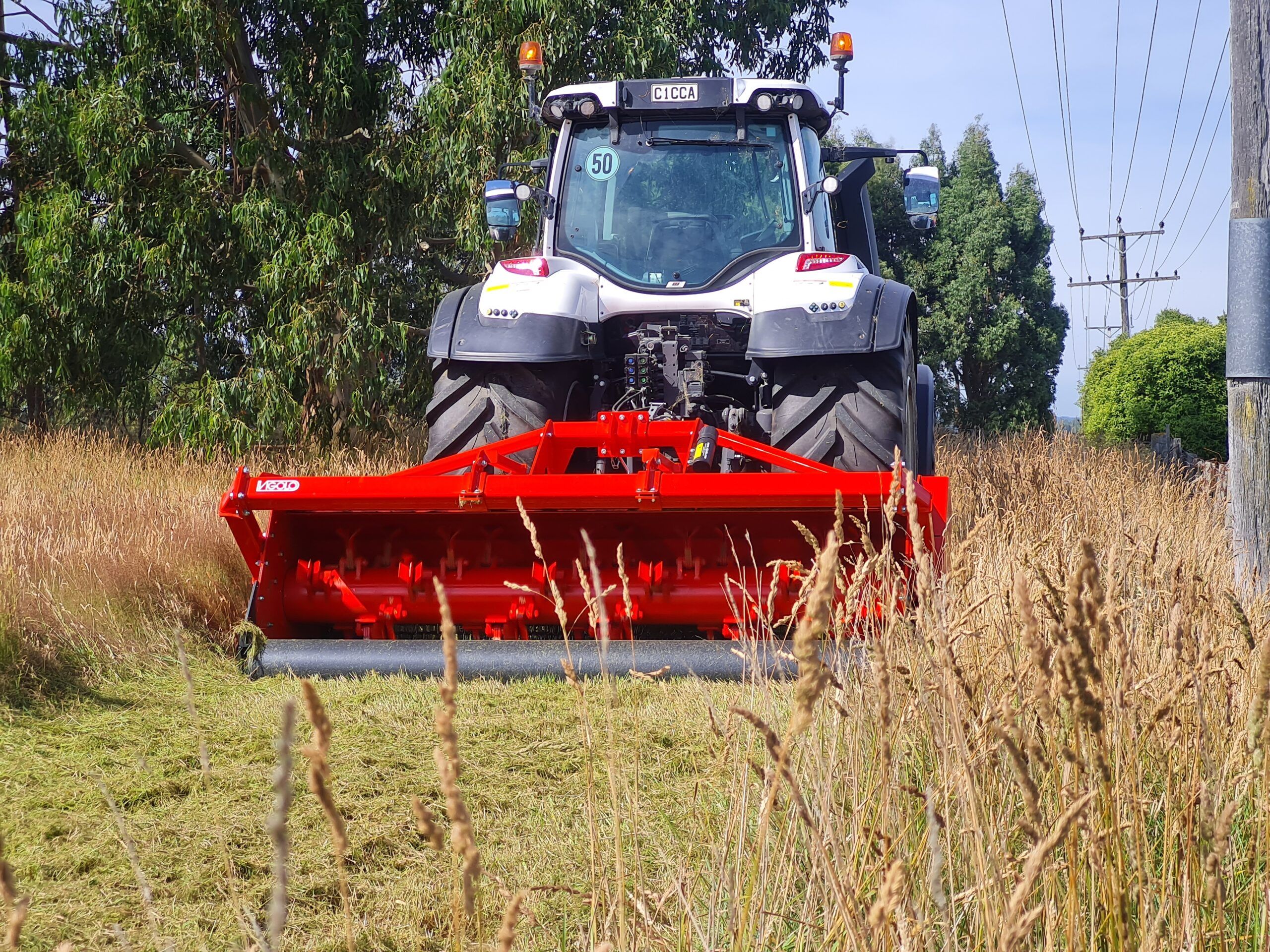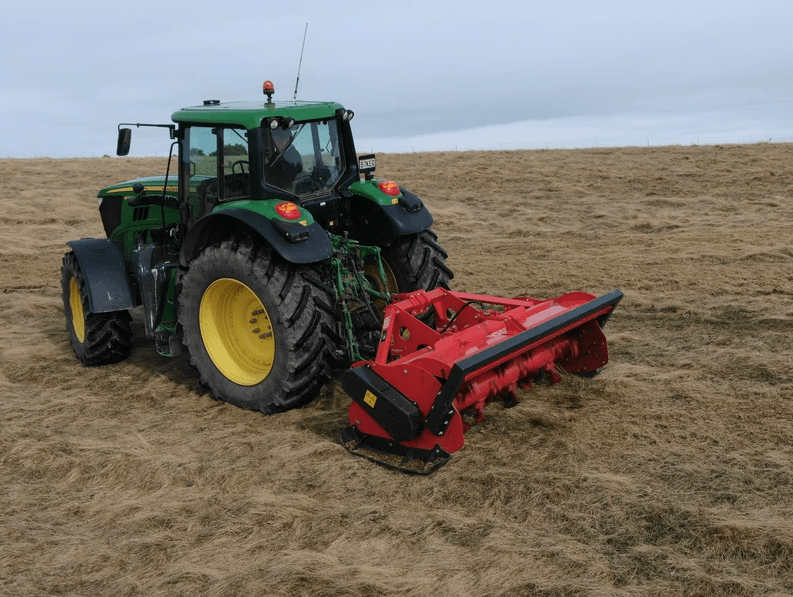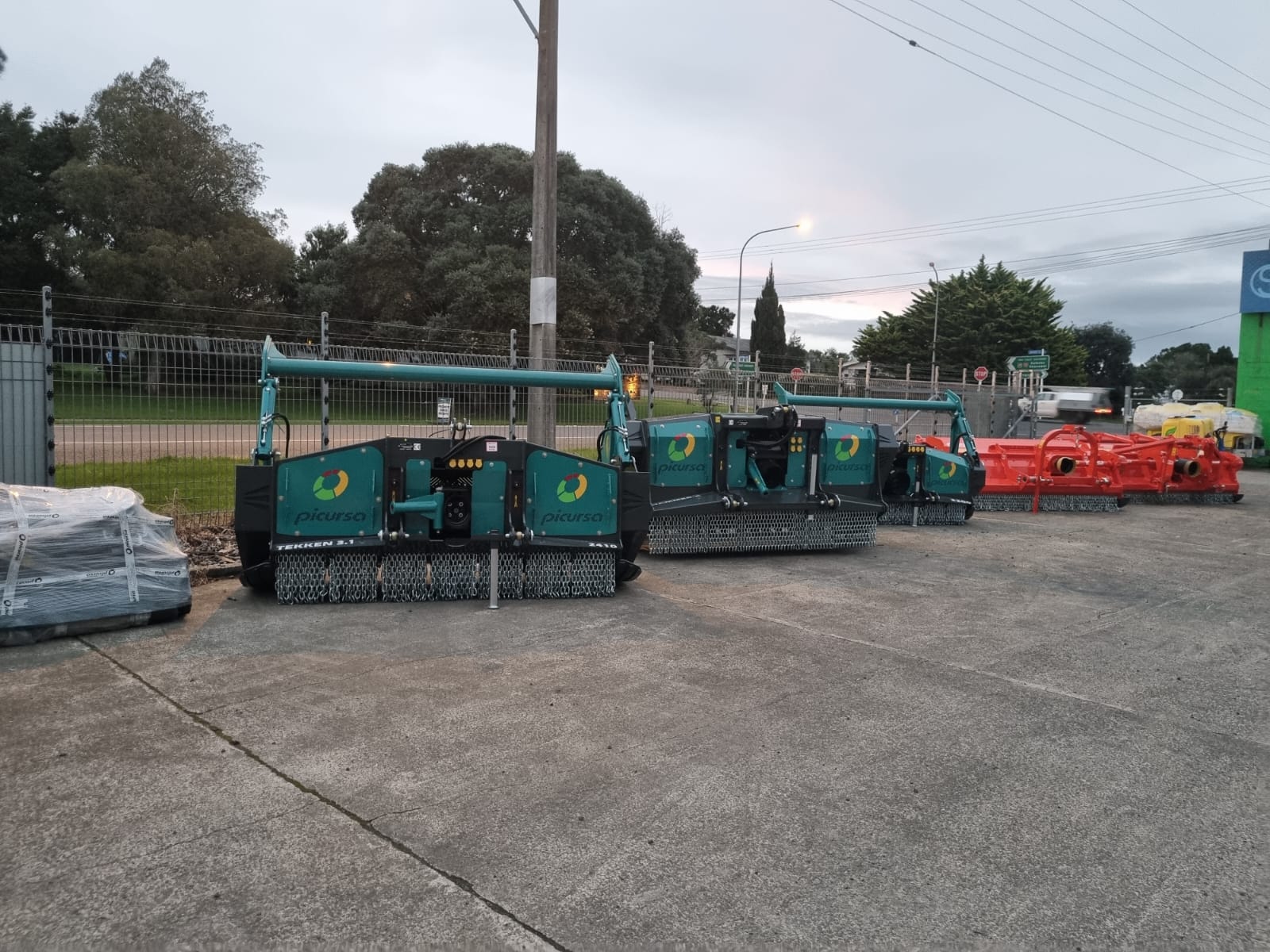Guide to Mulching
All you need to know about mulchers and mulching.
This guide outlines the uses for mulchers, benefits of topping with a mulcher, how to pick the correct mulcher for your situation and crucial features that a good mulcher must have.
Uses for Mulchers
Land Development- Can be used for clearing Gorse, Broom, Matagouri, Teatree, Rice Grass, Tussock, Rushes, Thistles, and most other vegetation and small trees. There are some very distinct advantages of clearing with a mulcher. If you spray the vegetation it can often take years to break down before the land can become effective again and by that stage there is often more of the rouge vegetation coming away. Root-raking will give you a pile of unwanted trash that you have to deal with and will disturb the soil and you may have to cultivate before replanting. When mulching, the vegetation is mulched very fine and will break down quickly so you can over-sow almost straight away with brilliant results.
Topping- A mulcher is the ideal machine for topping your pasture. Other topping machines tend to cut the grass and lie it over intact making it very hard for the elements to break it down this is made even worse when there are thistles and other weeds. Mulching will cut the grass and weeds very fine allowing it to break down faster putting nutrients back into the soil and boosting regrowth. The fungus that causes facial eczema lives in the dry plant stems so mulching these up reduce the risk. Mulchers will also spread out animal waste and reduce the sour patches of grass. Mulchers are very robust and low maintenance compared to a lot of other topping machines.
Crop Residue- Mulchers are the ideal machine to deal with crop residue, they will mulch it up finely to allow you to cultivate easily. Mulching the stubble reduces the blocking of cultivation equipment and allows stubble to break down when buried, if stubble is buried un-mulched it can use up the nitrogen in the soil.
Choosing the Right Mulcher
- Ensure you get the right width for your tractor. You need the mulcher to be narrow enough to drive it easily and do a good job, but obviously, the more ground you can cover at the same time the better. Also in rough terrain, too wide can cause scalping so take this into account as well.
- Horsepower Rating. Have plenty of tolerance to give you peace of mind for reliability and scope to run it on a bigger tractor should you decide to upgrade.
- Enough Belts. V belts on a mulcher are generally designed to take up to about 30 HP per belt. Make sure your mulcher has enough of them to handle the horsepower of your tractor. Lack of belts will result in belts slipping and destroying themselves.
- Dual or Single Transmission. A dual transmission mulcher is where the rotor is driven from both ends. This decision is partly to do with getting enough belts for your Horsepower rating, and also once you go over 2.5m Dual Transmission is almost essential.
- For most situations, the triple flail (a Y flail with the straight center blade) is the ideal option. It does a finer cut, smoother finish and is easier to drive than other flails. Also ensure they are a good solid flail with a large diameter bolt. If you have a high chance of hitting large stones or have a very abrasive environment sometimes a hammer flail is a better option. In these situations, it can be a good idea to get flails hard-faced as well.
- Skids & Rollers. If you are backing into vegetation, it is best not to have a roller and just run on wide skids. To do this you need at least 150mm wide skids with rolled edges to stop gouging. If you are mainly traveling forwards wide skids and a large diameter roller is the ideal combination to stop scalping.
Other Important Features that Mulchers Must Have
- Large Diameter Rotor. There are 2 important advantages with this, firstly it increases the strength of it dramatically and second, the momentum of the big rotor keeps it going in heavy work, making it easier to drive.
- Over-run clutch inside gearbox. Having it on the driveshaft reduces driveshaft length and makes it heavy and cumbersome. Also, having the clutch inside the gearbox keeps it protected and maintenance free.
- Heavy Flail Mounting Lugs. These need to be heavy to stop them getting bent and buckled. Once they are bent it makes changing the flails a very hard job.
- Double row of chains in front. This gives extra protection to stop objects firing out the front and hitting you or your tractor. They are a much better option then flaps as the cant get damaged like flaps do, and give a lot more protection than just a single row of chains.
- Adjustable Full Length Tailgate. Gives you the option to put down to different levels for a finer mulch or to stop flying objects when working around buildings, roads, livestock and people etc.
- Manual Belt Adjustment. This is the only way to ensure belts are properly tight, Automatic belt tensioners are spring loaded so therefore have some bounce in them which can cause belts to slip.
Mulchers are a great multi-purpose tool on any farm so long as you get the right one for the job.
View our range of high body mulchers here







